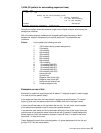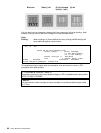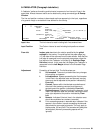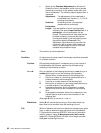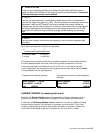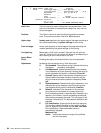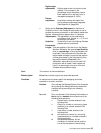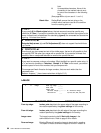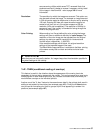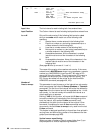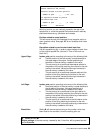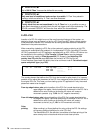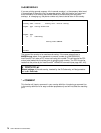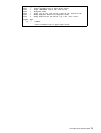
User’s Manual for InterForm400® 67
some scanning utilities which saves TIFF reversed. Note, that
performance wise it is better to reverse if necessary during install
of the image in InterForm400 - refer to page 319 for more
information.
Resolution: The resolution by which the image was scanned. This option can
also be used to scale the image. For example an image scanned
in 300 dpi can be scaled to double size in the print out by entering
150 here. Entering 600 here will cause the same image to be
scaled to half size, but only if the printer supports a 600 dpi
resolution (HP4 and compatibles). The resolution of 200 dpi is
commonly used if the overlay is intended for faxing through the
BlueFax fax program also.
Color Printing: When working in a file-set defined for color printing the Image
settings will have an additional definition for color images. The
resolution of the color image can be adjusted from the original
settings, by stating an specific resolution for Horisontal and
Vertical values, respectively. (1-600 DPI).
If the resolution settings are left blank, the original resolution
settings of the imported image will be used.
The Black/White image definition is available to facilitate printing
of the same overlay both on black and white and color laser
printers.
.
M WARNING M
Note that you can not specify rotation. An image always has the orientation specified in
the global settings for the overlay.
?=IF...THEN (conditional nesting of overlays)
This feature is useful in the situation where the appearance of the overlay has to be
dependent of the text that is merged with the overlay. This can be caused by a spool entry
containing two or more different print outs, say invoices and credit notes, and where you
want different overlays on the individual printout.
Another use of the "If..then" feature is the case where a detail in the printout shall result in
adding an extra detail to the overlay (see example page 101). Finally the If..then feature
can be used for formatting print lines or groups of print lines appearing in random line
positions (see example page 107)



